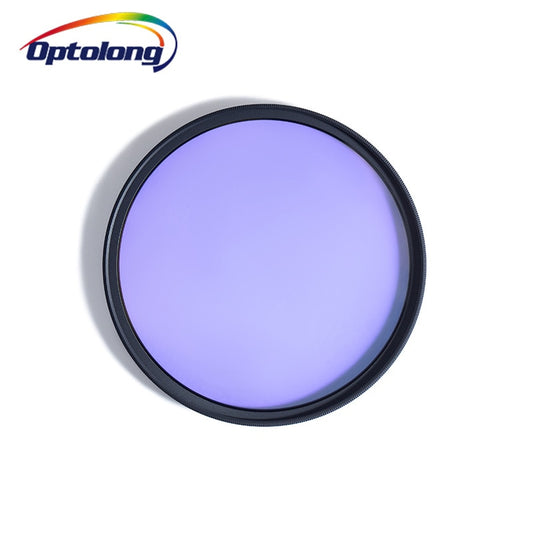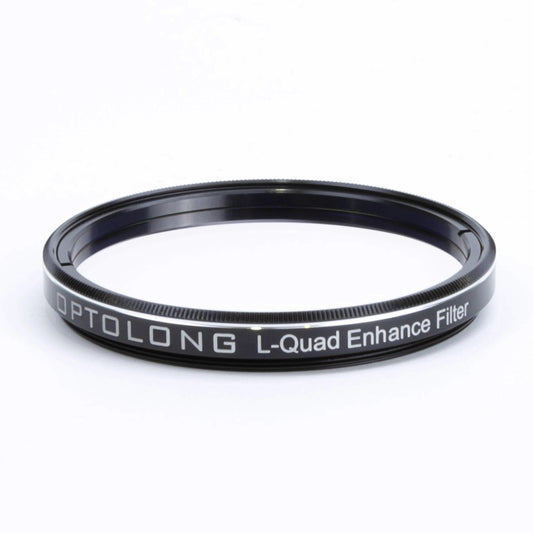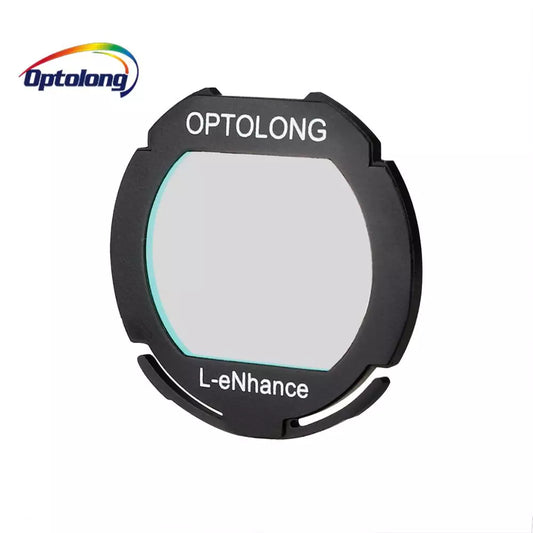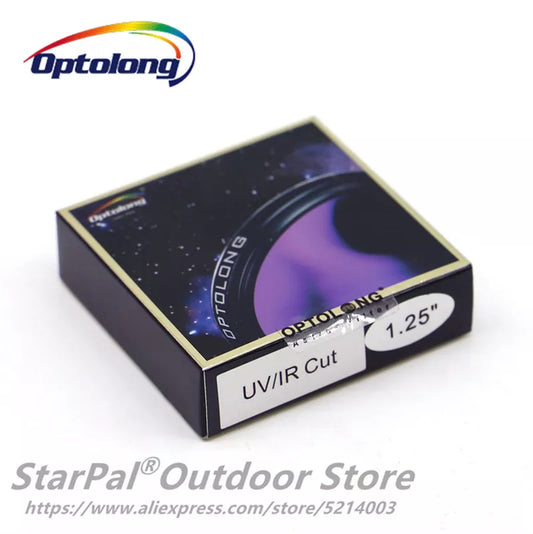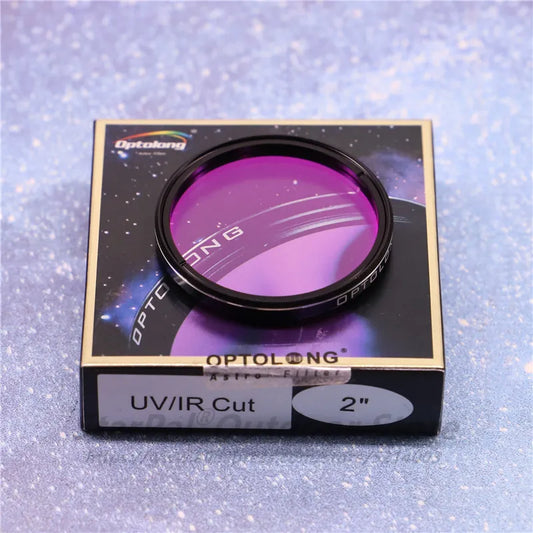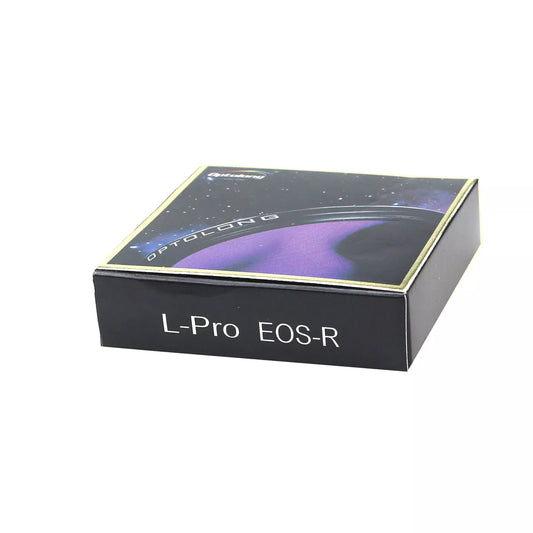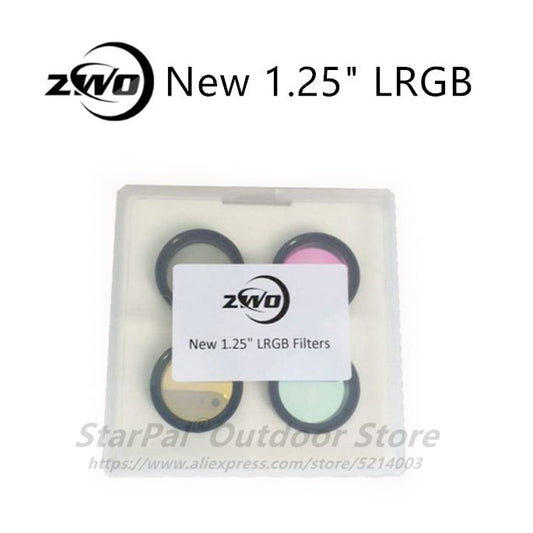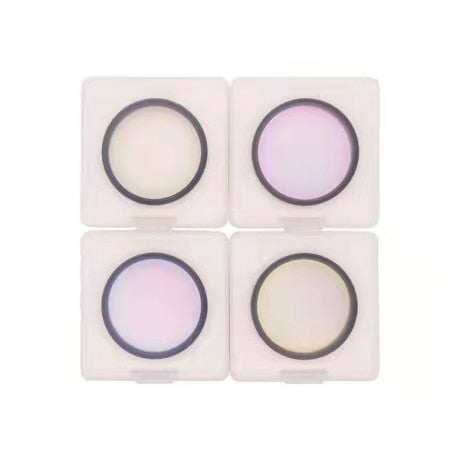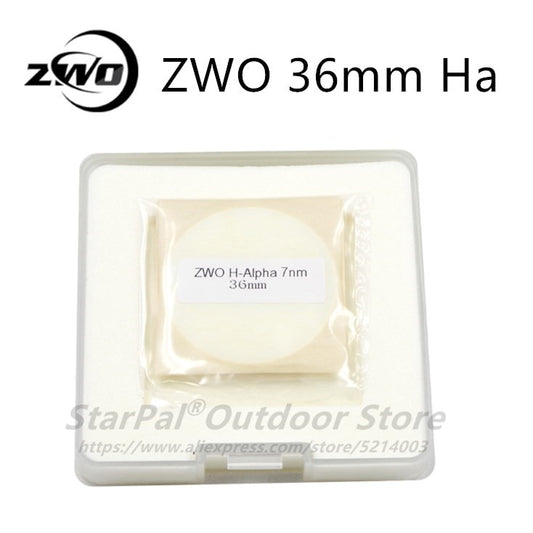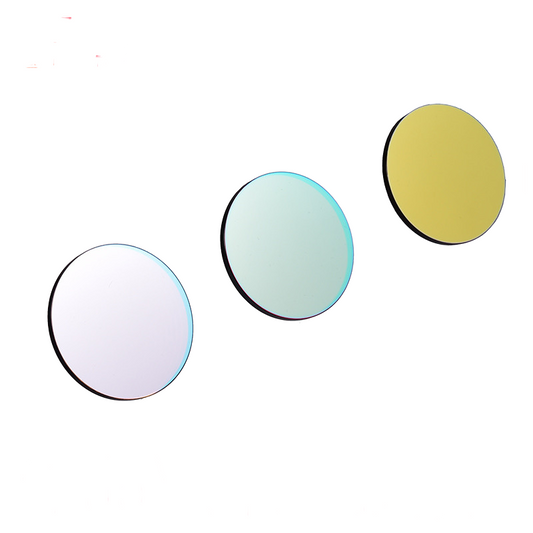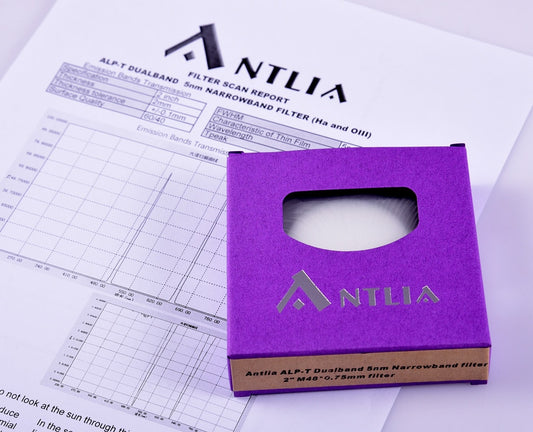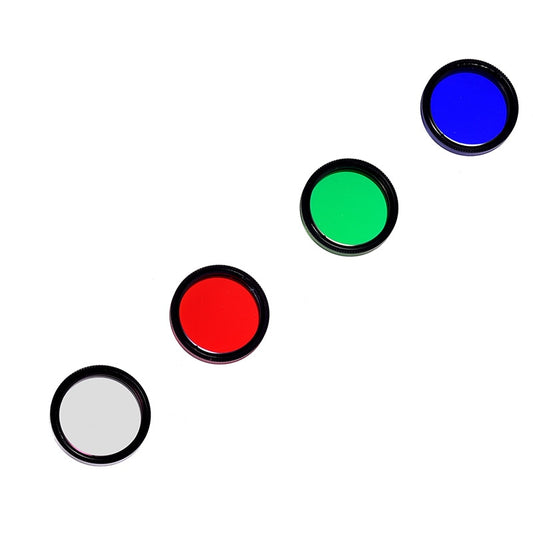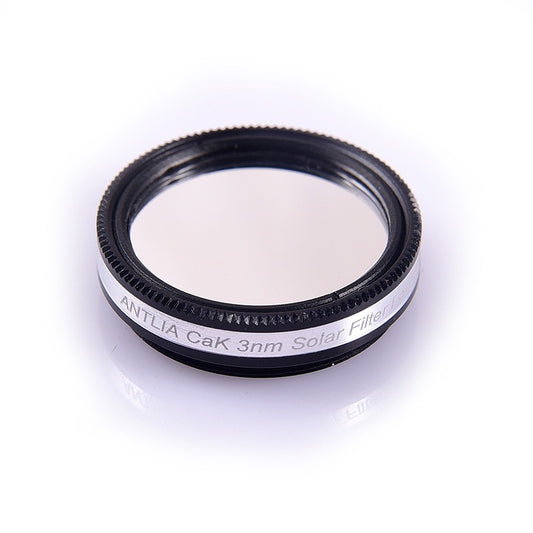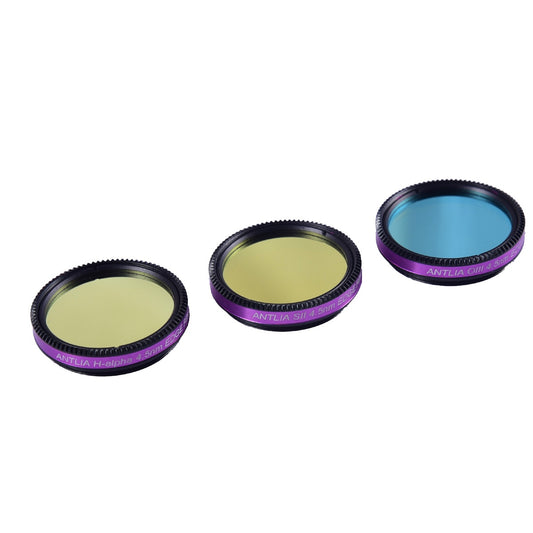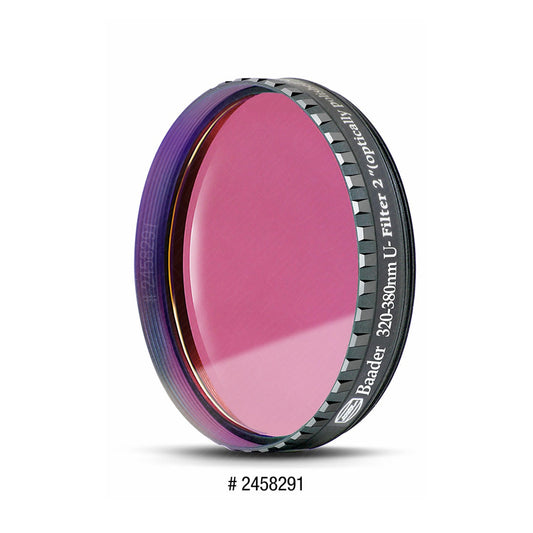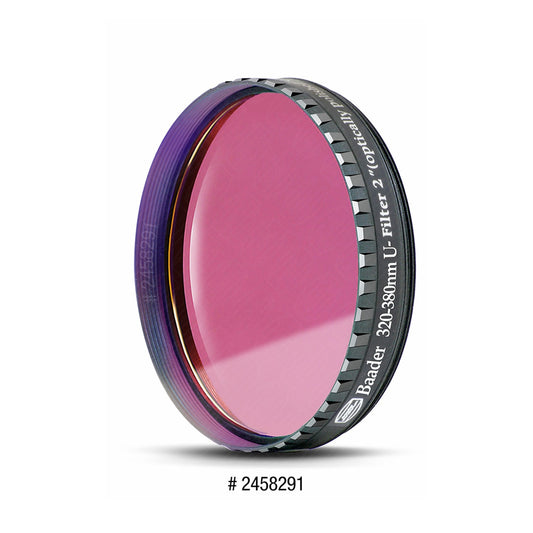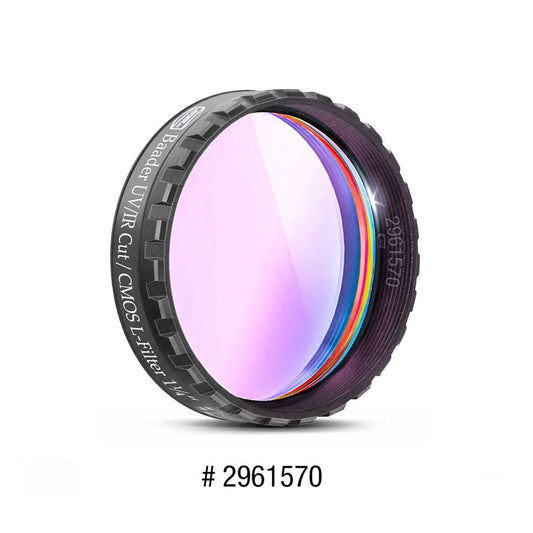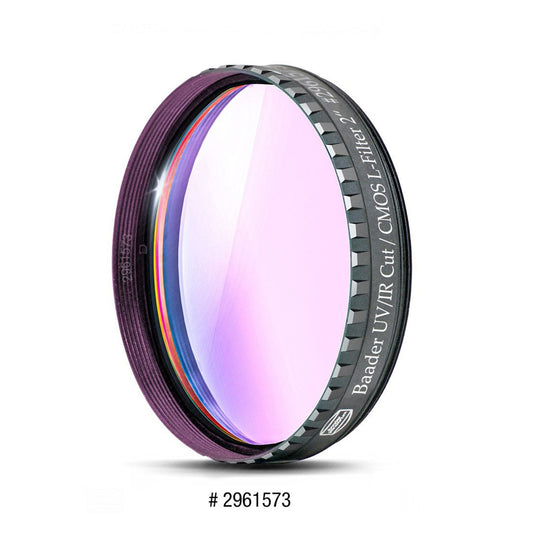What Filters do I need for Astrophotography?
Astrophotography is a thrilling and rewarding hobby that allows you to capture stunning images of the night sky. However, capturing high-quality photos of the cosmos can be challenging, especially when it comes to choosing the right filters. Filters play a crucial role in astrophotography, helping to enhance contrast, reduce light pollution, and reveal hidden details in your photos. In this guide, we'll take a look at the most common filters used in astrophotography and help you determine which ones are right for you.
In short, What Filters are needed for Astrophotography?
Astrophotography often involves using various filters to enhance specific aspects of celestial objects and mitigate the effects of light pollution. The filters you might need depend on what you're photographing and the conditions you're working in. Here are some commonly used filters in astrophotography:
-
Light Pollution Filter: Also known as a light pollution reduction (LPR) filter, this helps to block out certain wavelengths of light associated with artificial light pollution. It can improve contrast and reduce the effects of light pollution, making nebulae and galaxies more visible.
-
Narrowband Filters: These filters isolate specific wavelengths of light emitted by certain types of nebulae. They're particularly useful for capturing emission nebulae, like the H-alpha filter (656 nm), which enhances the visibility of hydrogen-rich regions.
-
Ultraviolet (UV) and Infrared (IR) Filters: These filters help isolate UV or IR wavelengths, allowing for unique views of celestial objects. UV filters can highlight features like solar prominences, while IR filters can be used to capture heat emissions from planets or capture deep-sky objects in infrared light.
-
Color Filters: For planetary imaging, color filters can be used to enhance certain features on planets. For example, a red filter might highlight Martian surface details, while a blue filter could enhance cloud patterns on Jupiter.
-
Neutral Density (ND) Filter: Sometimes used to reduce the brightness of the Moon or overly bright planets, an ND filter can help avoid overexposure and maintain finer details.
-
Anti-Dew Heater and Filter: In cold and humid conditions, dew can form on your camera lens or telescope optics, affecting image quality. Dew heaters and anti-dew filters help prevent this by maintaining a higher temperature on your optics.

Light Pollution Filters
One of the biggest challenges of astrophotography is dealing with light pollution. Urban areas are often saturated with artificial light that can interfere with your images, making it difficult to capture sharp and detailed photos of the night sky. Light pollution filters work by selectively blocking out specific wavelengths of light that contribute to light pollution, helping to improve contrast and detail in your images. The most common types of light pollution filters include:
-
UHC (Ultra High Contrast) Filters: UHC filters are designed to enhance contrast and reduce the effects of light pollution. They are ideal for capturing images of deep-sky objects like nebulae and galaxies.
-
CLS (City Light Suppression) Filters: CLS filters are designed to reduce the effects of light pollution in urban areas. They are ideal for capturing images of the moon, planets, and bright stars.
-
L-Pro Filters: L-Pro filters are a popular choice for astrophotographers who want to capture both deep-sky objects and planets. They are designed to selectively block out light pollution while allowing in specific wavelengths of light that are important for astrophotography.
Narrowband Filters
Narrowband filters are designed to block out all light except for specific wavelengths of light that are emitted by certain objects in space. These filters are often used to capture images of nebulae, which emit light at specific wavelengths. Narrowband filters can help you capture detailed images of nebulae that are invisible to the naked eye. The most common types of narrowband filters include:
-
H-Alpha Filters: H-Alpha filters block out all light except for the hydrogen-alpha wavelength, which is emitted by many nebulae. They are ideal for capturing detailed images of nebulae.
-
O-III Filters: O-III filters block out all light except for the doubly-ionized oxygen wavelength, which is emitted by many nebulae. They are ideal for capturing images of nebulae with a bluish-green hue.
-
S-II Filters: S-II filters block out all light except for the ionized sulfur wavelength, which is emitted by many nebulae. They are ideal for capturing images of nebulae with a reddish hue.
UV/IR Cut Filters
UV/IR cut filters are designed to block out ultraviolet and infrared light that can interfere with your images. These filters help to improve the color balance and sharpness of your photos by blocking out unwanted light. UV/IR cut filters are especially useful when photographing the moon and planets, as they can help to reveal more detail and improve contrast in your images.
Conclusion
Choosing the right filters is essential for capturing high-quality photos of the night sky. Light pollution filters can help to reduce the effects of light pollution and reveal hidden details in your images, while narrowband filters can help you capture detailed images of nebulae. UV/IR cut filters can help to improve the color balance and sharpness of your photos. By understanding the different types of filters available and their uses, you can take your astrophotography to the next level and capture stunning images of the cosmos.
More Light Pollution and Filters Topics:
- Top 10 Best Filters for Astrophotography
- Hydrogen Alpha Filter
- Optolong l-Pro vs l-Enhance vs l-Extreme
- Planetary Filters
- Solar Telescope Filters
- Best Filter for Galaxies
- ND Filter for Astrophotography
- Light Pollution Filters for Telescope
- Light Pollution Filter for DSLR
- Astrophotography Filter Drawer
- What Filter to use for Astrophotography
- How to put a Filter on a Telescope
- Best Light Pollution Filter for DSLR Astrophotography
- How does Light Pollution affect the visibility of Stars
- Light Pollution Definition
- Do Light Pollution Filters work
- Light Pollution Filter Astrophotography







